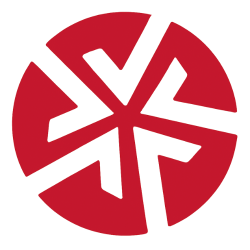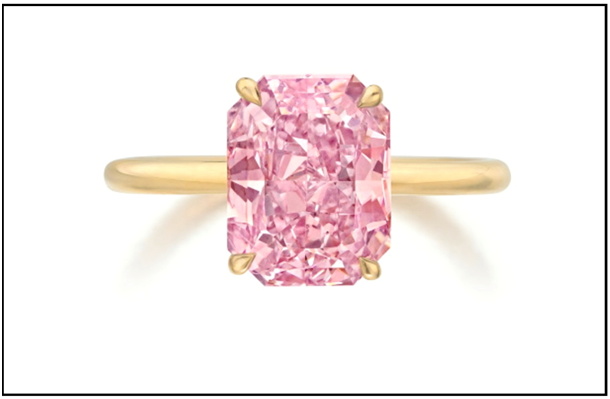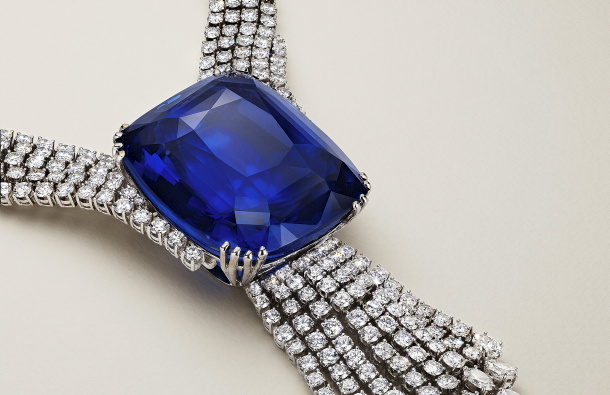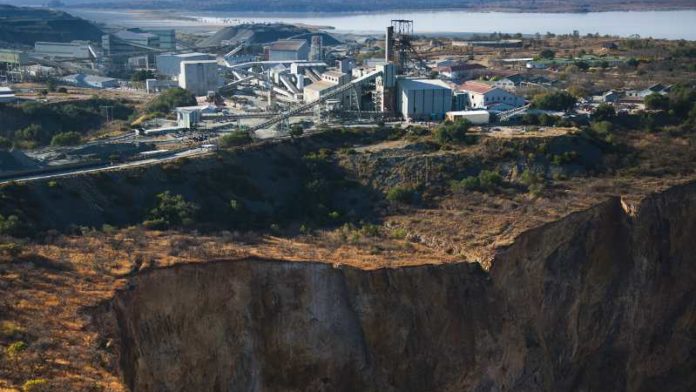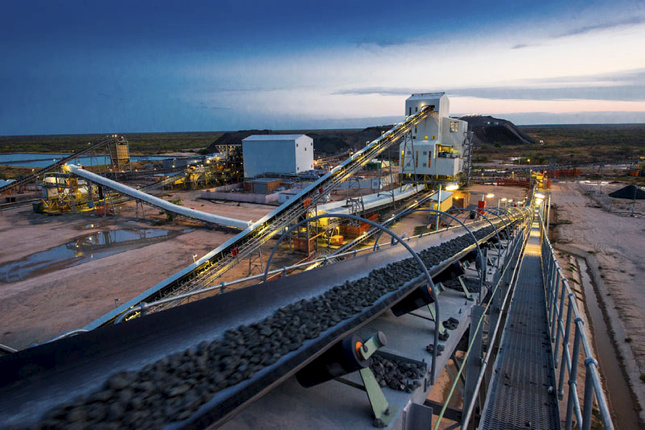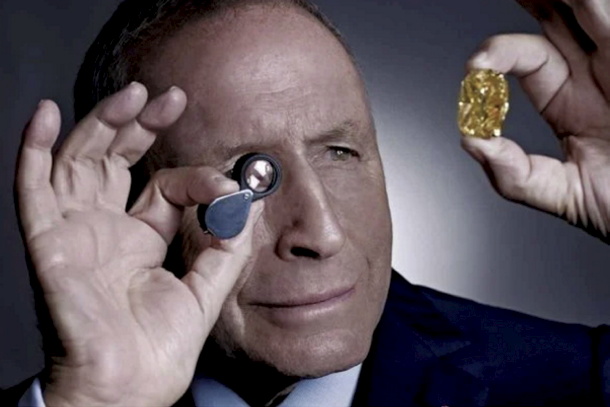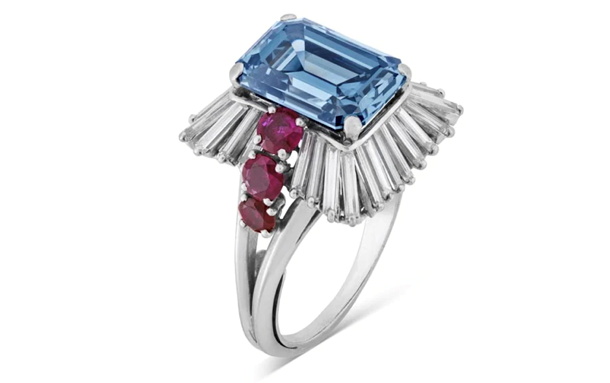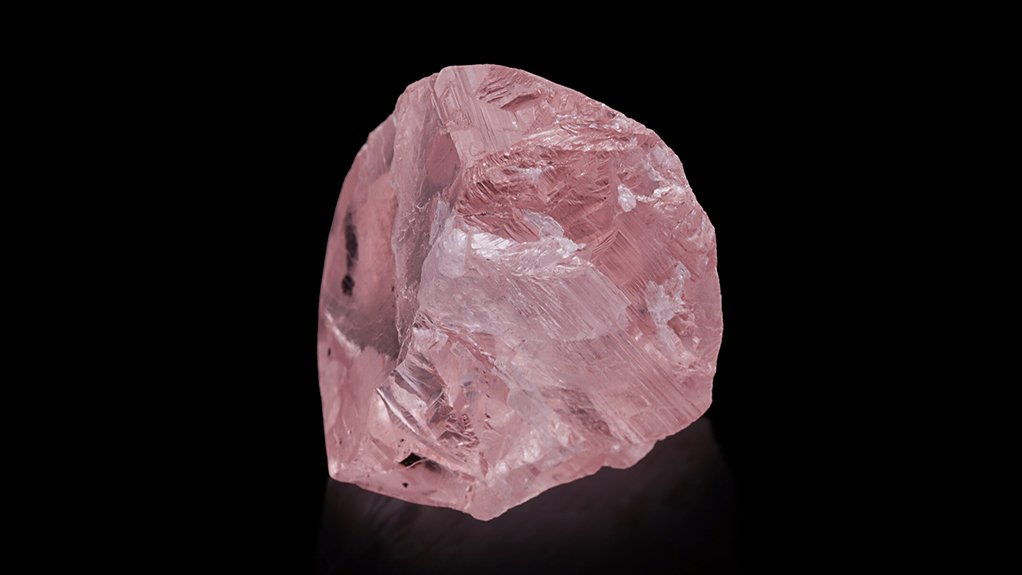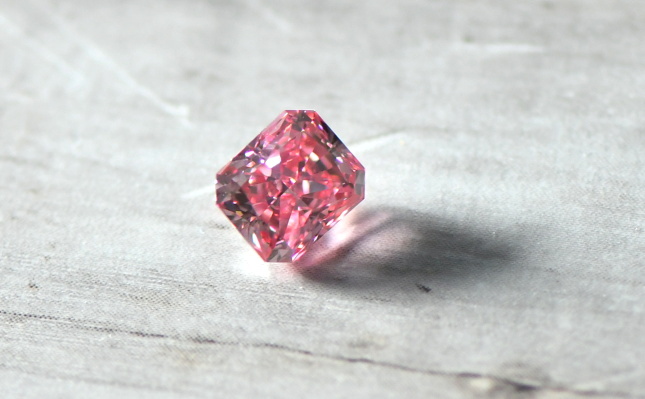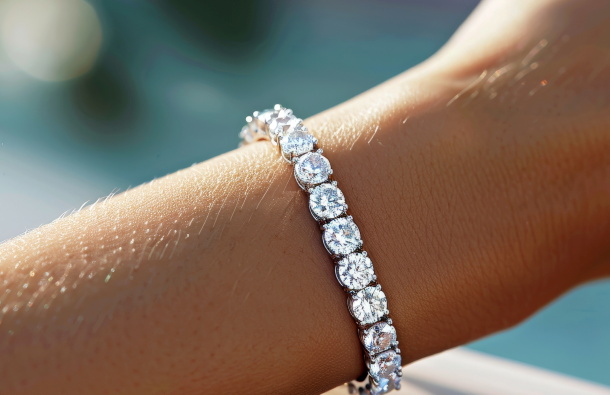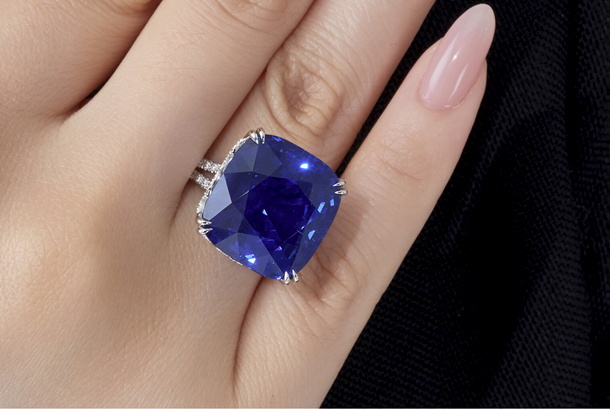
A 35.09-carat sapphire yesterday set a new world record for the highest per-carat price paid at auction.
The Regent Kashmir sold for HKD 74.7m (USD 9.6m), equivalent to USD 271,515 per carat, at Christie’s Hong Kong.
The same gem also set a record back in 2015, when it was sold at Christie’s Geneva for USD 7.4m, equivalent to $209,689 per carat.
That record was broken the same year by another sapphire, the 27.6- carat Jewel of Kashmir, which sold for $6.7m at Sotheby’s Hong Kong in 2015, equivalent to USD 243,703 per carat.
But the record now reverts to gem known as the Regent Kashmir, an antique cushion-shaped, unheated, royal blue sapphire set in a platinum ring with round diamonds.
“The Regent Kashmir sapphire’s record-breaking price of $271,515 per carat with a total price of $9.5m, is a landmark moment for the sapphire market – proof that the rarest gems still command unstoppable power,” said Tobias Kormind, MD and co-founder of online jeweler 77 Diamonds.
“Gemstones of this calibre continue to be sought after and go up in value.”
The sapphire sold above its low estimate (HKD 65m, USD 8.3m) but didn’t reach its high estimate (HKD 95m, USD 12.1m).
Source: IDEX
